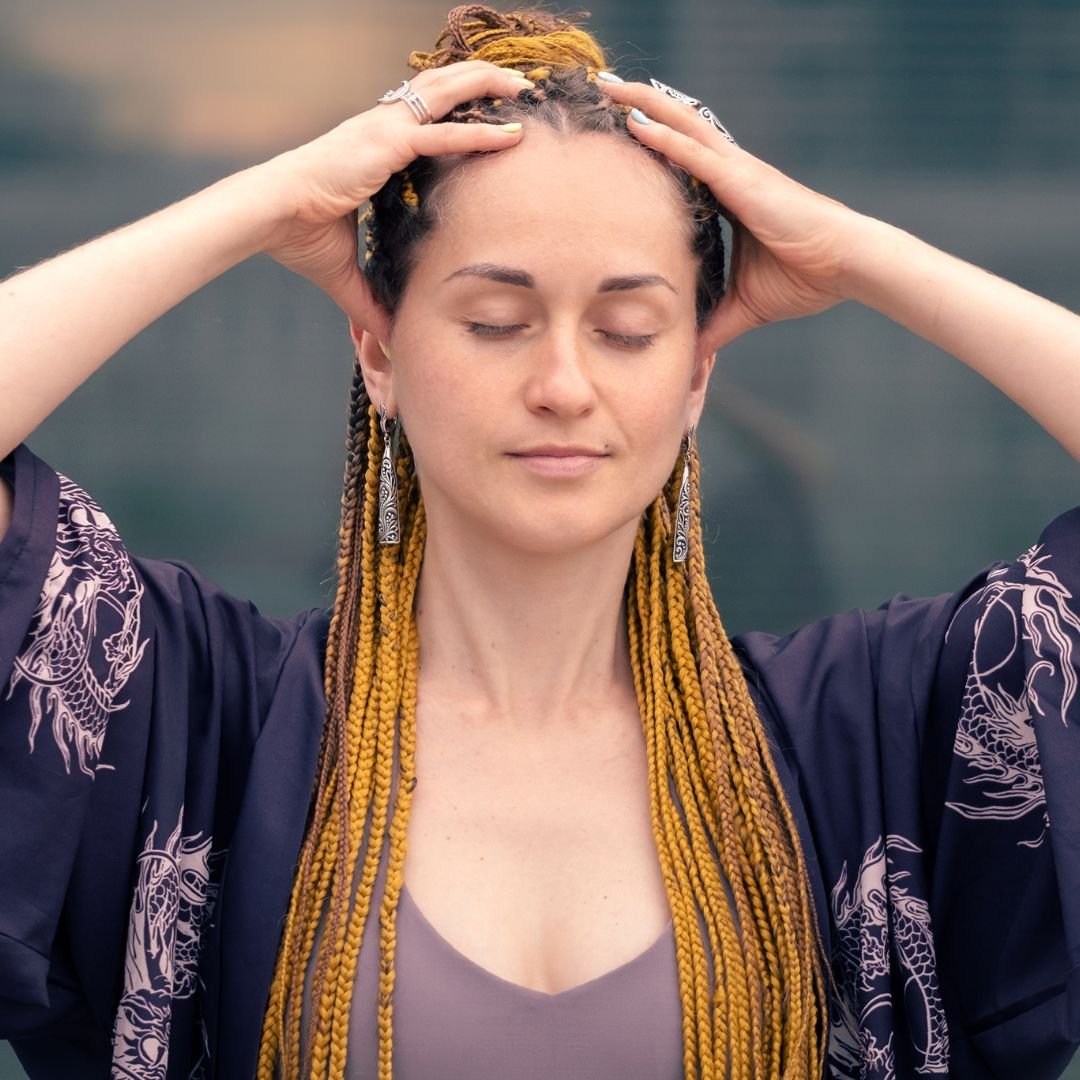
Abhyanga is a traditional Ayurvedic practice that involves a full body massage using warm oil. It is an ancient technique that has been used for thousands of years in India to promote overall health and wellness. The word "abhyanga" is derived from the Sanskrit word "abhyanga," which means "to massage."
The practice of abhyanga involves using warm oil, which is typically infused with herbs and other natural ingredients, and massaging the entire body in a rhythmic manner. The massage is usually done in a warm room with soft music and dim lighting to create a relaxing atmosphere.
Benefits:
- Promotes relaxation and reduces stress and anxiety
- Stimulates the lymphatic system and improves circulation
- Nourishes and moisturizes the skin, making it soft and supple
- Reduces muscle tension and soreness
- Supports the immune system and helps to detoxify the body
- Promotes sound sleep and relieves insomnia
- Balances the doshas, or energies, in the body, which can help to prevent disease and promote overall well-being
The Technique:
1. Choose a warm, comfortable room with soft lighting and relaxing music.
2. Warm the oil to a comfortable temperature. The oil should be warm but not too hot.
3. Sit or stand comfortably and begin to apply the oil to the body, starting with the head and working down towards the feet.
4. Use long, sweeping strokes to massage the oil into the skin, using firm pressure but not too much force.
5. Use circular motions to massage the joints, such as the shoulders, elbows, and knees.
6. Spend extra time on areas that feel tight or sore, such as the neck, shoulders, and lower back.
7. Once you have massaged the entire body, allow the oil to soak in for 10-15 minutes before showering or bathing to remove any excess oil.
Abhyanga can be done daily, weekly, or monthly, depending on your individual needs and schedule. It is a simple but powerful practice that can profoundly impact your overall health and well-being.
How to Massage Your Head
Abhyanga is a gentle massage on the forehead, head, neck, and shoulders so the oil formulation on these parts of the body takes effect. While a full-body massage may be difficult to fit into your busy schedule, starting with a head massage before bed is a simple way to unwind and promote relaxation.
Head massage is a traditional practice in Ayurveda that has been used for centuries to promote relaxation and rejuvenation. It is a simple technique that can be done at home, offering numerous benefits for the body and mind.
One of the most significant benefits of head massage is its ability to release tension and promote deep relaxation. The head is a part of the body that tends to hold a lot of stress and tension, and massaging it can help to relieve this tension and create a sense of calm.
In addition to promoting relaxation, head massage can also benefit memory, cognition, and alertness. This is because there are vital energy points all over the head that are connected to the brain and the mind. By stimulating these energy points through massage, we can support healthy brain function and enhance our mental clarity and focus.
Head massage is also known to bring clarity and strength to the senses. This is because the head contains the openings to the eyes, ears, nose, and mouth, and massaging the head can help to activate these senses and promote optimal functioning.
Another benefit of head massage is that it can nourish and support healthy hair. The scalp is an area that is often neglected in our self-care routines, but it is essential to maintain healthy hair. Massaging the scalp with oil can improve blood circulation to the hair follicles, promoting hair growth and providing a lustrous shine.
Head massage is also beneficial for the nervous system, as it can help to strengthen its functioning. The nervous system plays a critical role in regulating our body's responses to stress and promoting overall health, and regular head massages can help to support this vital system.
Finally, head massage can support the balance of the brain's chemistry and hormones. By promoting relaxation and reducing stress, head massage can help regulate the release of neurotransmitters and hormones critical for maintaining a healthy emotional state.
To perform a head massage, warm the oil to a comfortable temperature and pour a small amount into your hands. Begin by combing your fingers through your hair, then pour the oil onto the crown of your head and massage it onto either side of your head. Bend your head forward so that your chin touches your chest and pour more oil along the back of your head down to where the hairline ends. Spread the oil over the back of your head and massage it into your neck and shoulders. Finally, massage your entire head in small, circular motions with the tips of your fingers.
Leave the oil in for a minimum of twenty minutes, and cover your head to protect it from air and cold drafts. If you plan to keep the oil in your hair overnight, consider wearing a cap or turban, or putting a towel on your pillow to protect your linens.
All in all, Abhyanga is an incredibly centering and calming massage technique that can be used by anyone from beginners to seasoned yogis. It’s a great way to take some time to slow down and really care for yourself on both a physical and spiritual level. Whether it’s practiced solo or shared with someone special, the ancient art of Abhyanga will surely bring peace and serenity into your life. And even if you only have 10 minutes a day, the massage oil nourishes the skin and provides deep relaxation for the most time-pressed among us! So why not give Abhyanga a try today? Remember, when it comes to managing stress levels and looking after our overall well-being, simple techniques like this can go a long way.


